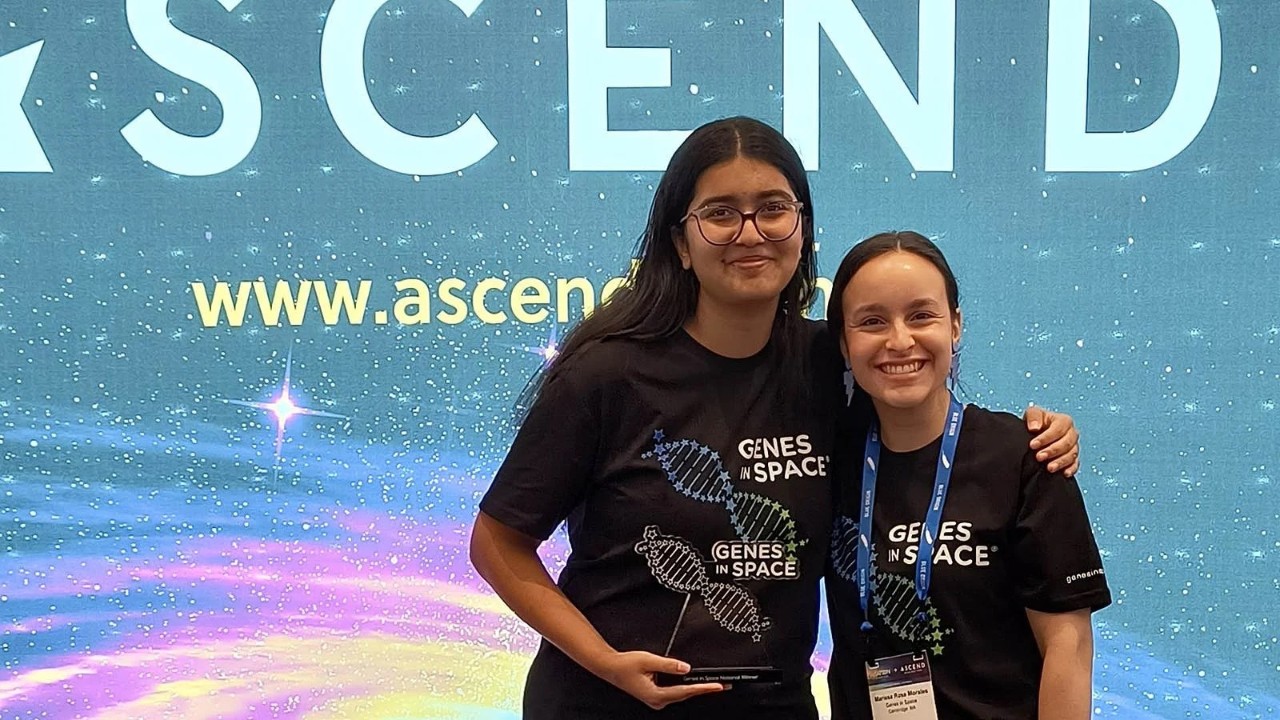Core Stage 2: Engine installation complete
Engineers install the four RS-25 rocket engines to Core Stage 2 for next moon mission
Over the last year, the Space Launch System (SLS) program experienced many noteworthy milestones – from the near-perfect performance of Core Stage 1 and successful Artemis I mission launch on November 16, 2022, to the streamlined integration of all five pieces of Core Stage 2 (CS2) in March 2023.
This week, the program hit another milestone – the installation of all four RS-25 engines to the engine section of the SLS core stage for the Artemis II mission. With the engines now installed and secured, teams have begun functional testing of the vehicle.

“The installation of all four engines on Core Stage 2 is a milestone worth celebrating,” Steve Snell, deputy program manager for the SLS program said. “It marks the near-end of the significant workflow to integrate the 212-foot-tall core stage that will carry the first humans to lunar orbit for the first time in over 50 years.”
Over the next few months, Boeing technicians and engineers will continue to prepare the rocket for roll out and delivery. In addition to functional testing, remaining task items include final feedline installs, minor press line remining work, a few tooling removals and final cover installs and thermal protection system closeouts.

“It is fantastic to see Core Stage 2 in it’s full, glorious form,” Craig Williams, Core Stage Integrated Product Team director for the SLS program. “While there are still important steps left to prepare the rocket for roll out, it is crucial we take time to recognize the incredible team of technicians and engineers that worked with such resilient dedication and perseverance to bring this core stage to life.”
Core Stage 2 will fly as part of the Artemis II mission, which is currently slated for the end of 2024. Artemis II will be the second deep space mission for the program – following up the Artemis I mission from last year which served as an uncrewed test flight to validate the rocket components and systems in preparation for future crewed missions. The Artemis missions aim to put the first woman and first person of color on the moon and enable sustainable exploration of more of the lunar surface than ever before.

“Each milestone within this program carried significant weight – as everything we do is for the safety, security and benefit of the four astronauts that will fly aboard the SLS rocket for the Artemis II mission,” Dave Dutcher, vice president and program manager for the SLS program said. “I can’t wait to see this fully integrated core stage roll out of the factory and float on the Pegasus barge down to Kennedy Space Center!”

NASA’s Space Launch System – the nation’s next-generation, human-rated rocket – will enable NASA’s Artemis missions and will launch people and cargo to the moon, Mars and beyond. NASA selected Boeing to design, develop, test and produce the core stages, upper stages, and avionics suite for the SLS fleet of rockets. The first SLS rocket – featuring the Boeing-built core stage – successfully launched on Nov. 16, 2022, as part of the Artemis I mission. Production is underway for the Boeing-built core stages, upper stages and avionics for future Artemis missions.





